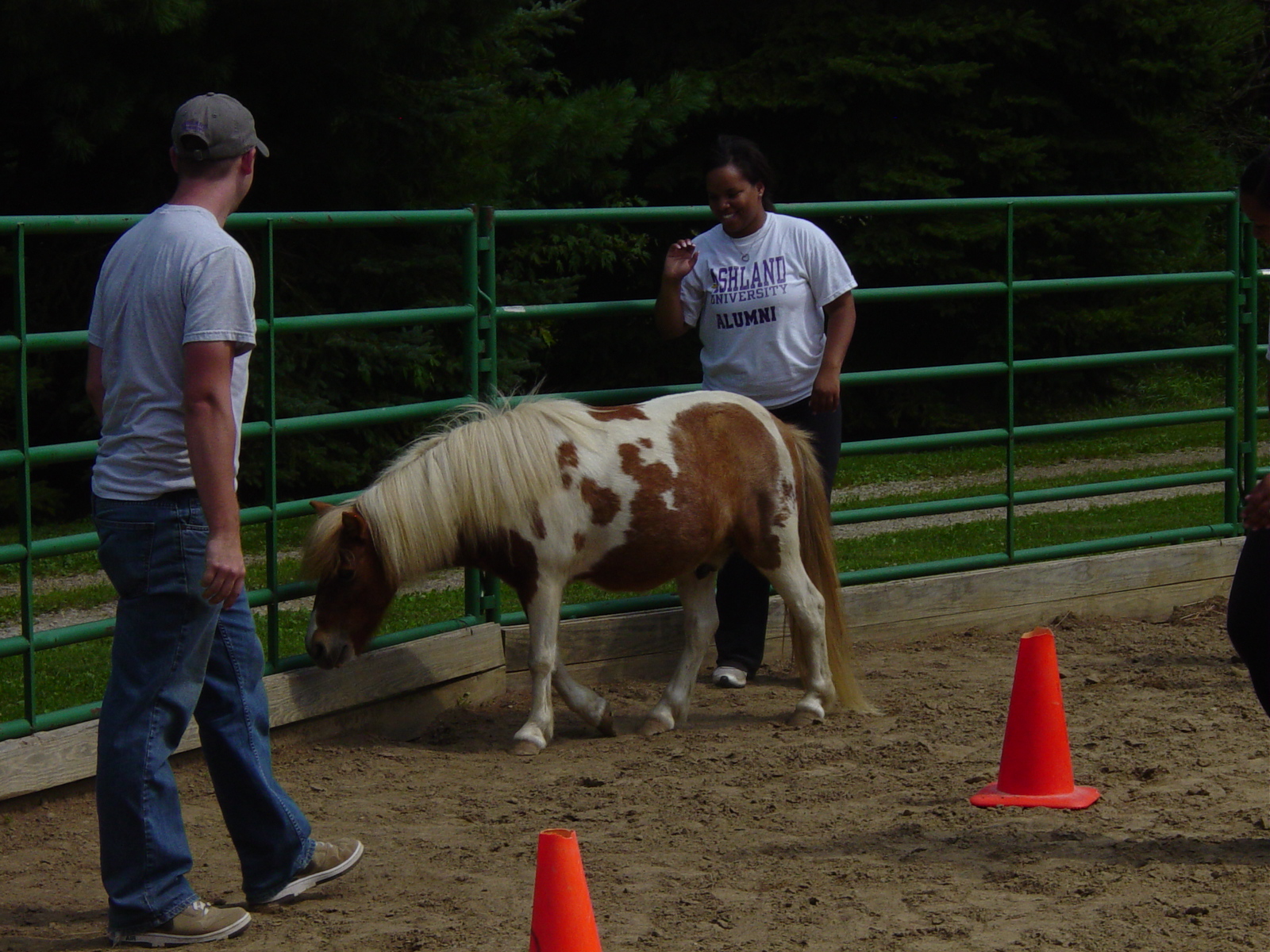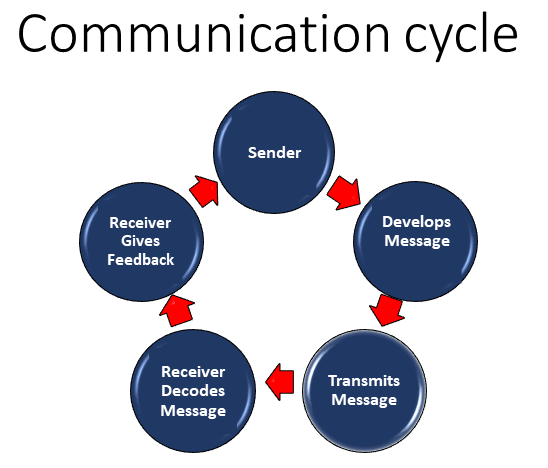
“Most under-communication is inadvertent. People are simply unaware of the gap between what’s in their mind and what’s in yours, and you suffer from that same lack of awareness. In fact, a team of researchers writing in the Journal of Political Economy labeled this phenomenon ‘the curse of knowledge.’ It means that when you know something, it’s very hard to remember that other people don’t.” — Michael Hyatt, How to Avoid Confusion with Clear Communication
This is such an important reminder when we are communicating with others, whether children or adults. There was a time when WE didn’t know what we know and someone took the time to help us understand.
A past blog I wrote titled “Debunking Stubborn” spoke to this. When I facilitate professional development workshops both with and without the horses, a common challenge I hear from participants is “getting other people to do their jobs.” After some carefully worded questions to them about this, we often get to the place of the participants realizing that perhaps the people they are communicating to don’t fully understand what’s being communicated to them. As I note in the “Debunking Stubborn” blog, this awareness can completely shift our perceptions about a person when we are communicating with them.
When I was a riding instructor, most of my students were beginners who had very little to no experience with horses. They had visions of themselves riding a horse across a field at a full gallop, the wind in their hair, feeling the power of the horse carrying them. But before they could do that, they realized that it might be a good idea to learn how to steer and stop the horse. As a lifelong horsewoman, I can do those things from muscle memory. For someone new to riding, trying to think analytically about steering and stopping is a huge challenge because their brain is busy screaming “Are you crazy? Why are you up here on this animal’s back?!!” My role as the instructor was to make myself think about what they were experiencing so I could walk them through the learning process. I had to remember what it was like when I didn’t know how to stop or steer the horse.
In the workplace, a primary role of supervisors is training new employees to perform a task or training experienced employees to do something new (like on a new piece of equipment, or a new process for something they had already been doing the old way). When you are the supervisor who already knows what to do, it can be frustrating when the person you are training doesn’t seem to “get it” quickly. You may even start to think the employee is stubborn, lazy, resistant, or not very smart (more about this in the “Debunking Stubborn” blog as well).
When you notice those thoughts in your mind, stop and think about whether the person you are training has ever done the task before or where else they would have had exposure to learning what you are trying to teach them. If the answer to that question is “nowhere,” take a moment to think about a time when YOU didn’t know something and how it felt. Then regroup and ask your trainee if what you are explaining is making sense to them. If they indicate that they aren’t understanding, ask what isn’t making sense, and explore another way to explain it to them. If they are visual learners, show them a picture of the process; if they are auditory learners, speak clearly about each step; if they are kinesthetic learners, let them do the task and coach them along the way as they experience it. I had to learn that skill when I was teaching riding and I still use it in my facilitating and coaching work. You’d be amazed at how many ways you can explain “heels down” to a riding student!
Remember the communication cycle:

It takes patience – I get that. Just because you know what to do to get the outcome, doesn’t mean your team members know what to do. In his article referenced at the beginning of this blog, Michael Hyatt offers some insights to help you become better at communicating what you need to in order to reach the outcomes you desire. The people you lead are depending on your understanding that they don’t know what you know. Start this practice and see the difference in your relationships with your team members.
Ginny Telego is the President and Chief Facilitator at The Collaboration Partners, a consulting firm that focuses on partnering with horses to offer experiential leadership and team development. A life-long horse addict, she is passionate about helping people become courageous leaders and learn from the wisdom of the herd.
